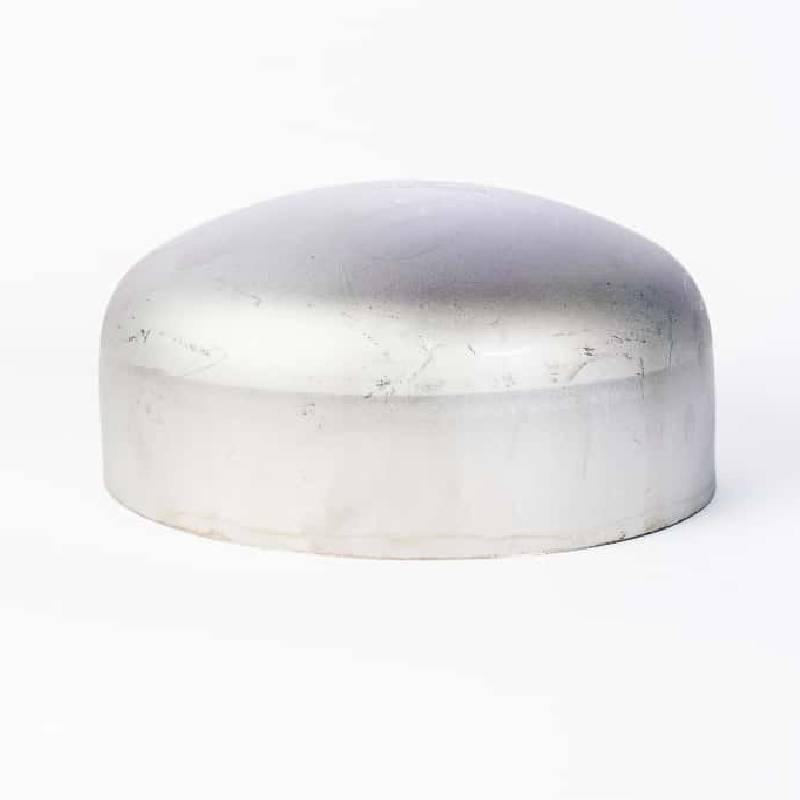-
Cangzhou Yulong Steel Co., Ltd.
-
Phone:
+86 13303177267 -
Email:
admin@ylsteelfittings.com
- English
- Arabic
- Italian
- Spanish
- Portuguese
- German
- kazakh
- Persian
- Greek
- French
- Russian
- Polish
- Thai
- Indonesian
- Vietnamese
- Zulu
- Korean
- Uzbek
- Hindi
- Serbian
- Malay
- Ukrainian
- Gujarati
- Haitian Creole
- hausa
- hawaiian
- Hebrew
- Miao
- Hungarian
- Icelandic
- igbo
- irish
- Japanese
- Javanese
- Kannada
- Khmer
- Rwandese
- Afrikaans
- Albanian
- Amharic
- Armenian
- Azerbaijani
- Basque
- Belarusian
- Bengali
- Bosnian
- Bulgarian
- Catalan
- Cebuano
- China
- China (Taiwan)
- Corsican
- Croatian
- Czech
- Danish
- Esperanto
- Estonian
- Finnish
- Frisian
- Galician
- Georgian
- Kurdish
- Kyrgyz
- Lao
- Latin
- Latvian
- Lithuanian
- Luxembourgish
- Macedonian
- Malgashi
- Malayalam
- Maltese
- Maori
- Marathi
- Mongolian
- Myanmar
- Nepali
- Norwegian
- Norwegian
- Occitan
- Pashto
- Dutch
- Punjabi
- Romanian
- Samoan
- Scottish Gaelic
- Sesotho
- Shona
- Sindhi
- Sinhala
- Slovak
- Slovenian
- Somali
- Sundanese
- Swahili
- Swedish
- Tagalog
- Tajik
- Tamil
- Tatar
- Telugu
- Turkish
- Turkmen
- Urdu
- Uighur
- Welsh
- Bantu
- Yiddish
- Yoruba

Dec . 02, 2024 01:49 Back to list
8 inch schedule 40 butt weld tee
Understanding the 8-Inch Schedule 40 Butt Weld Tee
In the world of piping and plumbing, fittings play a crucial role in ensuring the efficient flow of fluids and gases. Among the various types of fittings, the 8-inch Schedule 40 butt weld tee stands out due to its versatility and robustness. This article will delve into its definition, applications, manufacturing process, and benefits, highlighting why it is a preferred choice in many industries.
What is an 8-Inch Schedule 40 Butt Weld Tee?
A butt weld tee is a type of fitting that allows three pipe segments to be connected two laterals and one main line. The 8-inch designation refers to the nominal pipe size, which is standard in measuring piping systems. The Schedule 40 indicates the wall thickness of the pipe, which influences its ability to withstand pressure. Schedule 40 is a medium thickness that is commonly used for various applications, balancing strength and weight.
The butt weld design refers to how the fitting is attached to the pipes. In this method, the ends of the pipes are shaped to match the fitting and then welded together, creating a continuous flow path without any obstructions. This type of connection is particularly advantageous in terms of durability and leak prevention.
Applications of Butt Weld Tees
The 8-inch Schedule 40 butt weld tee is widely used in multiple industries, including
1. Oil and Gas The oil and gas sector frequently employs this fitting to manage the flow of crude oil, natural gas, and other materials through complex piping systems.
2. Water Distribution Municipal water systems utilize butt weld tees to distribute water effectively, ensuring that various branches off the main line can be established without compromising pressure and flow rate.
3. Chemical Processing In the chemical industry, where the transportation of corrosive and hazardous materials is common, the robust design of butt weld tees provides the necessary strength to endure harsh conditions.
4. HVAC Systems Heating, ventilation, and air conditioning systems use these fittings to create efficient ductwork configurations, ensuring optimal airflow and energy efficiency.
5. Power Generation Power plants rely on these fittings to maintain the integrity of their piping systems, transporting steam, water, and other fluids used in energy production.
Manufacturing Process
The manufacturing of an 8-inch Schedule 40 butt weld tee typically involves several steps
8 inch schedule 40 butt weld tee

1. Material Selection Common materials include carbon steel, stainless steel, and alloy steel, chosen based on the application's specific requirements such as temperature and corrosiveness.
2. Forming The raw material is heated and formed into the tee shape, ensuring precise dimensions for standardization.
3. Welding The ends of the tee are prepared for welding. The welding process is critical, as it must create a strong and secure bond to handle the pressure from the transported substances.
4. Inspection After manufacturing, each fitting undergoes rigorous testing, including pressure tests and inspections for defects, to ensure compliance with industry standards.
5. Finishing Touches Finally, the fittings may be coated or treated to enhance resistance to corrosion and wear.
Benefits of Using Butt Weld Tees
The advantages of 8-inch Schedule 40 butt weld tees are numerous
1. Strength and Durability The welded joints provide exceptional strength, making these fittings suitable for high-pressure applications.
2. Smooth Flow The seamless design minimizes turbulence, improving the overall efficiency of fluid transport.
3. Reduced Risk of Leaks Butt weld connections are less prone to leaks compared to threaded fittings, providing greater reliability.
4. Versatile Applications Their ability to fit into various types of piping systems makes them ideal for a wide range of industries.
5. Cost-effectiveness By using butt weld tees, industries can reduce maintenance costs and downtime, leading to increased productivity.
In conclusion, the 8-inch Schedule 40 butt weld tee is an indispensable component in several industries due to its strength, durability, and versatility. Understanding its characteristics, manufacturing process, and applications helps industries make informed decisions for their piping needs. Investing in high-quality fittings like the butt weld tee is essential for ensuring the integrity and efficiency of fluid handling systems.
Latest news
-
ANSI 150P SS304 SO FLANGE
NewsFeb.14,2025
-
ASTM A333GR6 STEEL PIPE
NewsJan.20,2025
-
ANSI B16.5 WELDING NECK FLANGE
NewsJan.15,2026
-
ANSI B16.5 SLIP-ON FLANGE
NewsApr.19,2024
-
SABS 1123 FLANGE
NewsJan.15,2025
-
DIN86044 PLATE FLANGE
NewsApr.19,2024
-
DIN2527 BLIND FLANGE
NewsApr.12,2024
-
JIS B2311 Butt-Welding Fittings LR/SR 45°/90° /180°Seamless/Weld
NewsApr.23,2024











